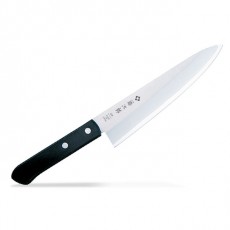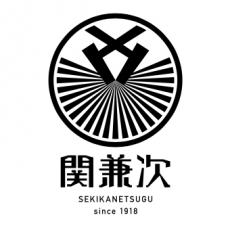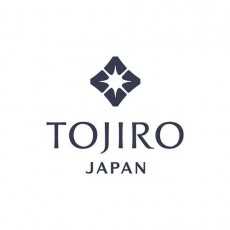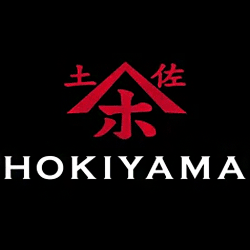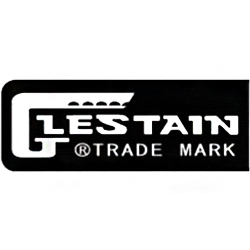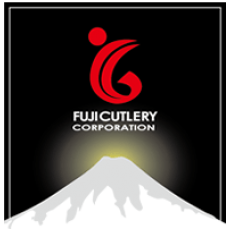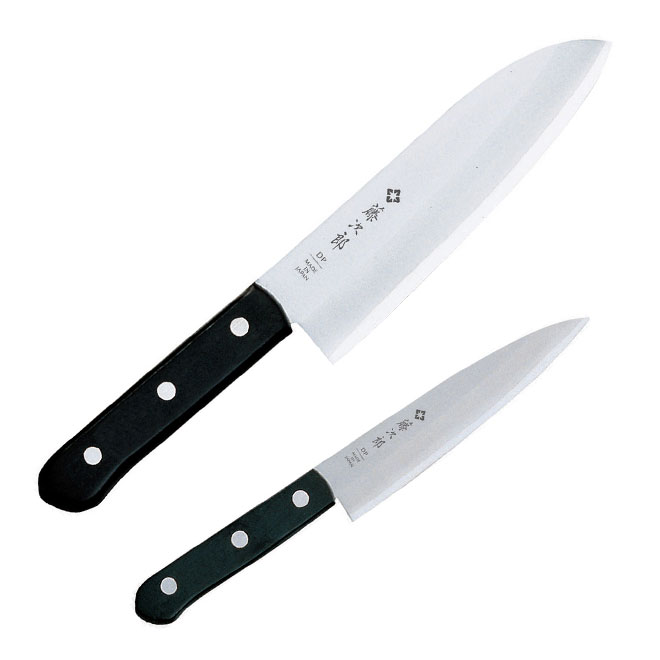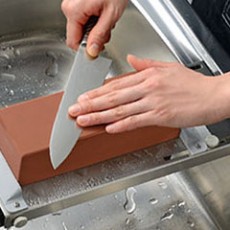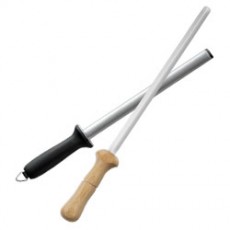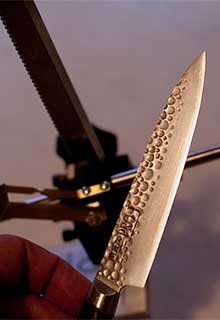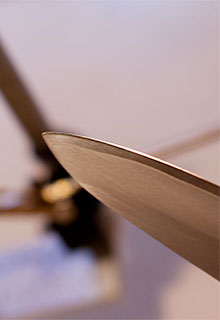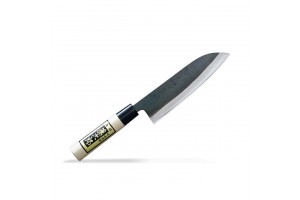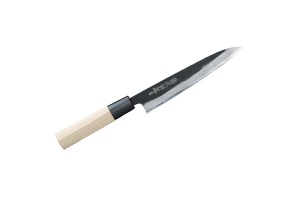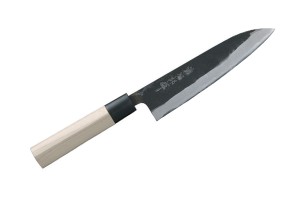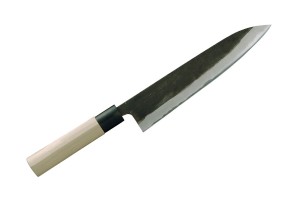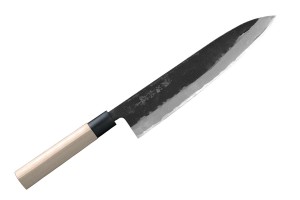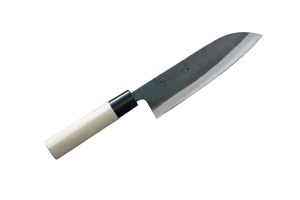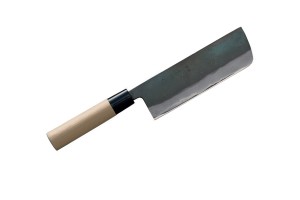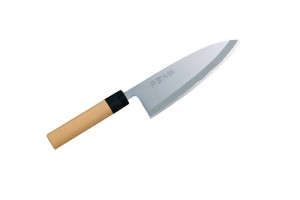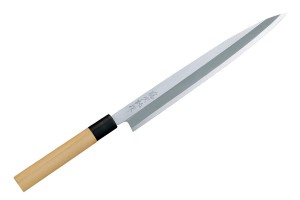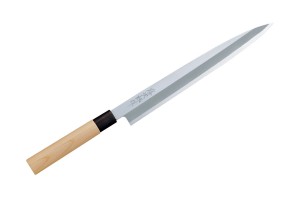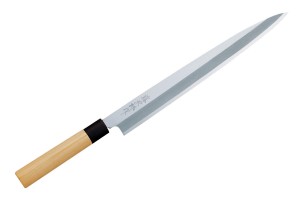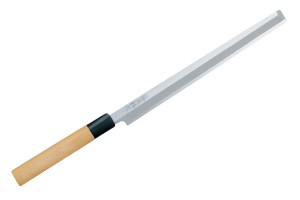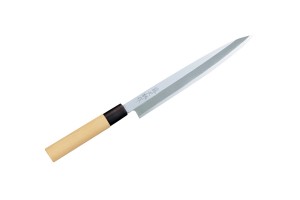Ваш кошик порожній!
МЕНЮ
-
Каталог+
-
Серії ножів+
Kanetsugu

- Kanetsugu HOCHO Aluminum 1K-6 моносталь
- Kanetsugu HOCHO Plastic 1K-6 моносталь
- Kanetsugu Miyabi AUS8 та VG2 3 шари
- Kanetsugu PRO-J ZA-18 3 шари
- Kanetsugu PRO-M 1K-6 моносталь
- Kanetsugu PRO-S 1K-6 моносталь
- Kanetsugu SAIUN Дамаск VG-10 33 шари
- Kanetsugu Sharpness Revolution 21 excel MoV моносталь
- Kanetsugu Sharpness Revolution 21 MoV моносталь
- Kanetsugu ZUIUN Дамаск SPG2 63 шари
-
Набори ножів+
Набори ножів

- Набір кухонних ножів Tojiro BASIC F-316 Сантоку Tojiro F-318 Петті Сталь VG-10 Японія
- Набір кухонних ножів Tojiro BASIC F-317 Шеф ніж Tojiro F-318 Петті Сталь VG-10 Японія
- Набір ножів - Kanetsugu 1012 Шеф нож и Kanetsugu 1016 Петті. Нержавіюча сталь. Японія
- Набір ножів - Kanetsugu 5003 Сантоку і Kanetsugu 5001 Петті. Нержавіюча сталь. Японія
-
Для заточки+
-
Майстерня+
-
Статті+
- Новини +

